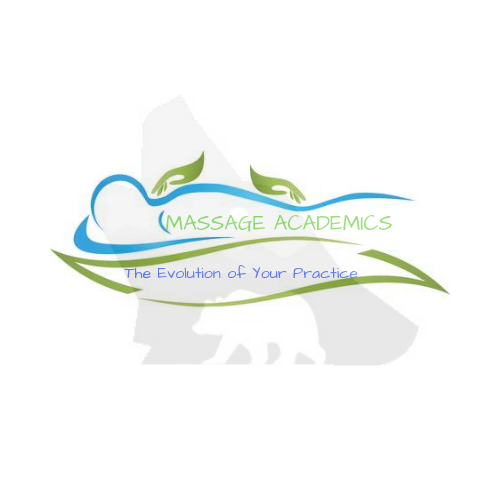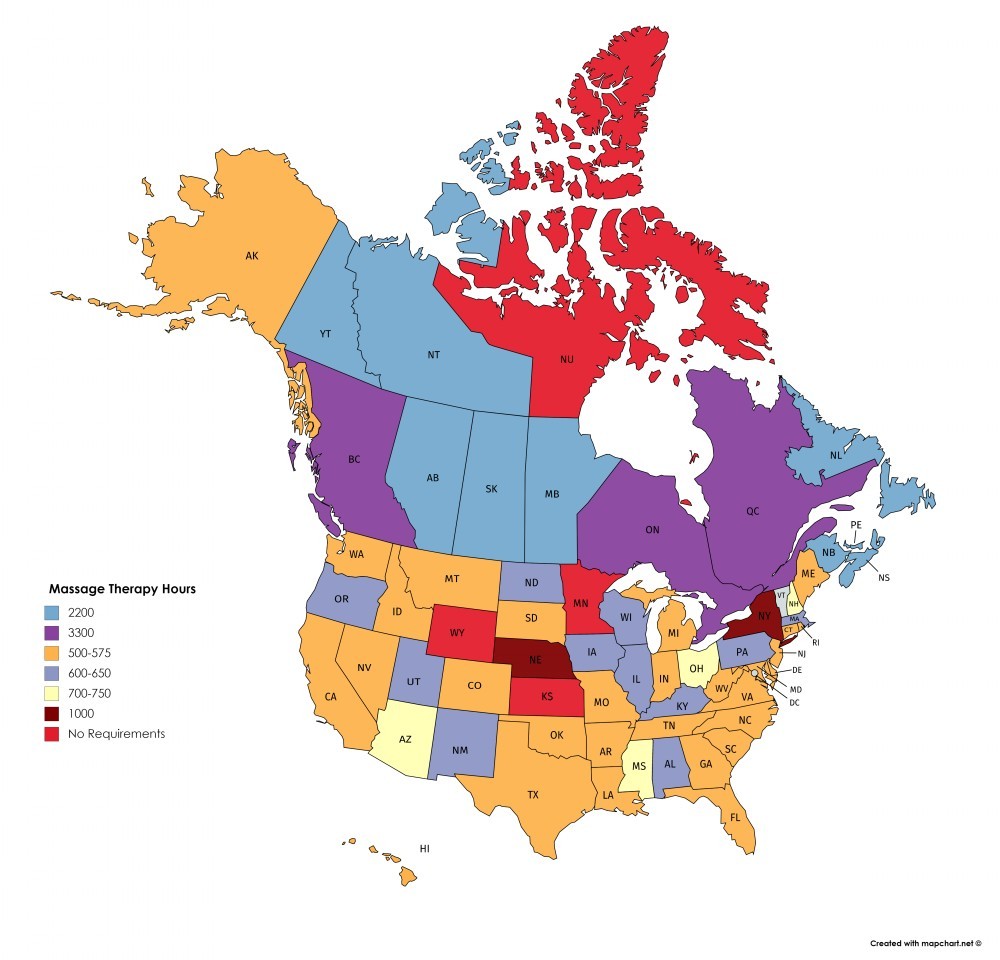The deep tissue massage is a kind of massage therapy that centers its attention primarily on the ailing, the sore, the painful, and the distressed deeper layers of muscles and connective tissues.
The purpose of Deep Tissue Massage is particularly beneficial for chronically tight and constricted areas such as in cases of stiff necks, tightness of lower backs and aching shoulders. The strokes of the Deep Tissue massage are not very different from those of any other types of massage therapies, but they are slower and with more pressure applied to reach deeper while focusing on troubled areas.


Because the Deep Tissue massage is somewhat intense, it should not be applied under the following conditions:
Infectious skin disease, rashes, bruises, inflamed skin, tumors, or open and unhealed wounds.
Immediately, or soon after, surgery or recent fractures.
Immediately. or soon after, chemotherapy or radiation treatments, unless approved by the client’s physician.
Osteoporosis patients, unless approved by the treating doctor.
Clients prone to blood clots.
Heart disease patients, unless recommended by their cardiologists.
Pregnant women should get their massage treatments from professionals who are certified in pregnancy massage.
Abdominal hernia.
The good news is that Deep Tissue massage really works, and it usually works very fast. Often, clients will walk into a session with excruciating pain and walk out a couple of hours later with smiles of relief on their faces. The bad news is that, depending on their tolerance level to pain, most clients experience it to one degree or another at a certain point during the session. Also, there is usually some measure of soreness immediately after the treatment, which can last up to an entire day. However, the pain of the Deep Tissue massage therapy and the lingering soreness afterward is nothing compared to the pain before the treatment, and it comes with the knowledge that it will all be over very shortly. The massage therapist may suggest applying an icepack to the sore area, but it is rarely severe enough to warrant it.
When most massage therapies are aimed at relaxation of the body and mind and the massage is generally applied to the entire body, the Deep Tissue massage sets its sights on precise problematic areas such as those afflicted with:
Chronic or acute pains
Diminished mobility or limited range of motion.
Healing areas after traumas or injuries caused by falls, sports injuries, whiplashes from car accidents, and so on.
Strains from repetitive motion, such as carpal tunnel syndrome.
Pains due to incorrect posturing of the body.
Pains from osteoarthritis. According to a study conducted and reported by the Consumer Reports magazine, over 34,000 people classified Deep Tissue massage therapy as being more effective in alleviating osteoarthritis pain than physical therapy, exercise, prescribed, or over-the-counter drugs, glucosamine, diets, acupuncture or chiropractic treatments.
Fibromyalgia. Statistics have shown that Deep Tissue massage is more successful in easing symptoms of Fibromyalgia than any other available curative remedy.
Muscle tension, contractions, or spasms.
To flush out metabolic waste from the massaged tissues, clients should drink plenty of water after the Deep Tissue massage.






Recent Comments